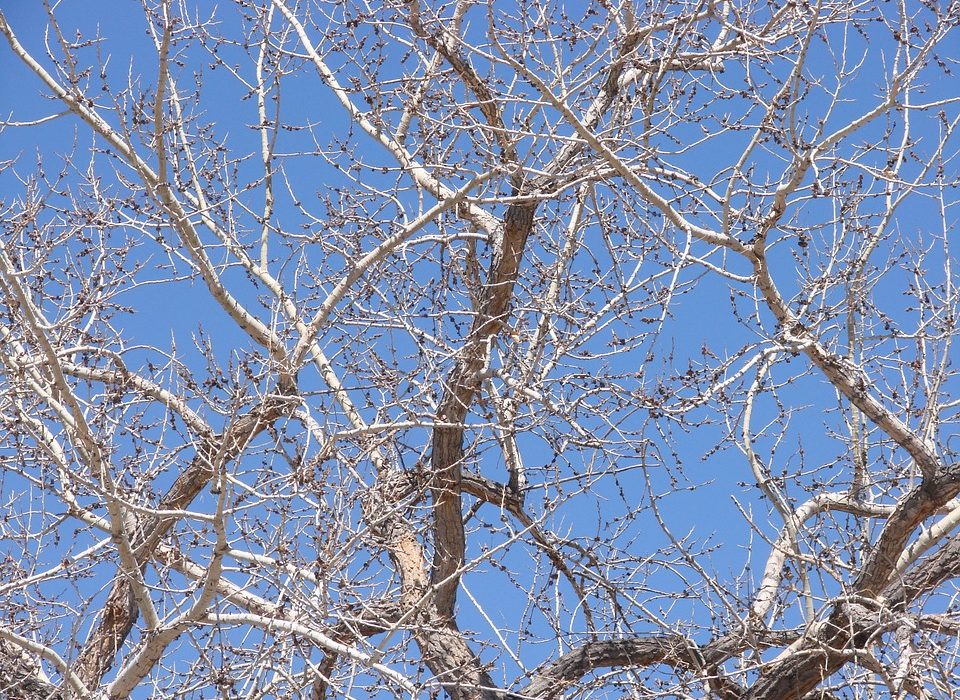
Driving down Boulder Canyon, this particular morning, my senses are heightened. I’m noticing the snow clinging to the granite as I drive through the Narrows. As I pass the turn off to Sugarloaf Road, the vibrant green budding leaves of the Narrowleaf Cottonwood stand out. Finally, as I arrive in Boulder, yellow Daffodils wave happily to me as the sway in the light breeze.
Spring in Colorado highlights the differences in life zones as no other time of year can. If you wander up to Brainard Lake Recreation Area right now, you’d swear we were still in the middle of winter. Several feet of snow blanket the ground, and the branches of the aspen trees are bare. It will be several weks until the Pasque flower peeks through the brown of the forest floor. They’ve been through too many Colorado winters to be deceived by the 60-degree days a week ago.
Above 10,000 feet, the growing season is so much shorter. With freezes well into June, and first freezes before September, plants have just a few precious weeks to green and grow. Just another reason I treasure my July hikes on the tundra, spying the shocking purples and pinks of Sky Pilot and Alpine Phlox.
It’s not just the plants that are adapted to their life zones. Marmots are still burrowed safely in their piles of rocks, hibernating until food is available. The pika is nestled under the snow, happily munching on its cache of green plants it hoarded during last fall. Ptarmigans and snowshoe hares still sport the white exteriors that allow it to blend into the snowy landscape.
But drop a couple thousand feet, and a beehive of activity is occurring. Bears are already out and about, foraging for food after a long sleep. In our neighborhood, I’ve noticed groups of female elk, pregnant, busy eating in meadow areas. Even the hummingbirds have made their long flight back from Central America, probably busy suckling the sugar water from our neighbor’s feeder.
I read once that Boulder County is one of the most diverse counties in the country in terms of plant and animal life. When you consider it extends from the grassy plains near Erie all the way to Longs Peak, it’s easy to understand why. Where else can you find one county that encompasses plains, grasslands, montane forest, subalpine and tundra within 50 miles?
Even within the same elevation, the aspects of slope can dictate wildly different ecosystems. Walking in Betasso Preserve on a loop trail, I encountered yucca and cactus – desert-type plants. A little farther down the trail, I entered the cool and shady forest full of Douglas-firs and Ponderosa Pine.
Some days, commuting up and down Boulder Canyon can feel like a chore. But these days, if I can keep my eyes open and my thoughts present, it’s a visual potpourri in diversity. The increasing water frothing down Boulder Creek, the greening of the trees, and pops of wildflowers remind me of the beauty of Colorado.

